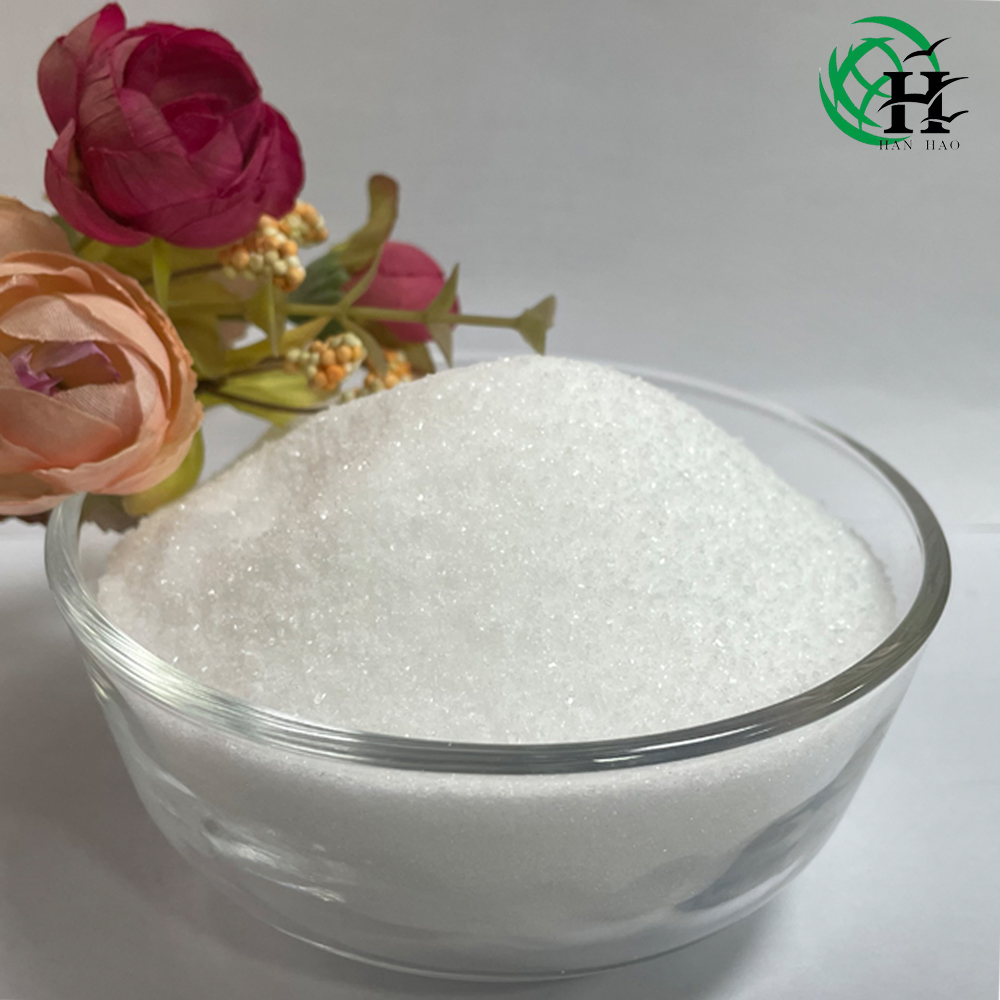
Sep . 26, 2024 05:28 Back to list
Top Organic Dry Fertilizers for Thriving Home Gardens and Plants
The Best Dry Organic Fertilizers A Guide for Sustainable Gardening
In an age where environmental consciousness is on the rise, the demand for organic gardening solutions has surged. Among the various options available, dry organic fertilizers have gained popularity among gardeners seeking to enrich their soil naturally while minimizing their environmental footprint. This article highlights the best dry organic fertilizers, their benefits, and how to use them effectively in your garden.
What are Dry Organic Fertilizers?
Dry organic fertilizers are derived from natural sources, such as plant and animal matter, and they provide essential nutrients to plants in a slow-release manner. Unlike synthetic fertilizers, which can lead to soil degradation and environmental harm, dry organic fertilizers improve soil health and support sustainable farming practices. Common types of dry organic fertilizers include bone meal, blood meal, fish meal, and seaweed meal, each offering a unique nutrient profile.
The Best Dry Organic Fertilizers
1. Bone Meal Rich in phosphorus and calcium, bone meal is an excellent choice for promoting strong root development and flowering. It's particularly beneficial for bulbs, root vegetables, and flowering plants. To use bone meal, simply incorporate it into the soil before planting or sprinkle it around established plants to boost their growth.
2. Blood Meal Blood meal is a high-nitrogen organic fertilizer that is perfect for leafy greens and vigorous plants. It helps promote lush foliage and is especially useful for crops like lettuce, spinach, and other green vegetables. However, due to its potency, it should be used sparingly—usually around 1-2 tablespoons per square foot of garden space.
3. Fish Meal Rich in both nitrogen and phosphorus, fish meal is a versatile fertilizer that supports overall plant health. It's particularly advantageous for flowering and fruiting plants, aiding in the development of blooms and fruits. Use fish meal by incorporating it into the soil during planting or as a top-dressing during the growing season.
4. Seaweed Meal This nutrient-rich option is packed with trace minerals and natural growth hormones, making it great for promoting plant vigor and disease resistance. Seaweed meal is especially useful for coastal gardens or areas with saline soil. It can be mixed into the soil or applied as a foliar spray to provide a quick nutrient boost.
best dry organic fertilizer

Benefits of Using Dry Organic Fertilizers
The use of dry organic fertilizers has several benefits for gardeners. Firstly, they improve soil structure and microbial activity, which promotes healthier root systems. As these fertilizers break down slowly, they provide nutrients to plants over an extended period, reducing the need for frequent applications. Additionally, dry organic fertilizers are less likely to leach into waterways compared to their synthetic counterparts, helping to protect local ecosystems.
How to Use Dry Organic Fertilizers
To maximize the benefits of dry organic fertilizers, it's important to follow a few guidelines
1. Soil Testing Before applying any fertilizer, conduct a soil test to determine the nutrient needs of your garden. This will help you select the right type and amount of fertilizer.
2. Application Timing Apply fertilizers during the growing season, ideally when plants are actively growing. Early spring and mid-summer are optimal times for application.
3. Follow Recommended Ratios Each type of dry organic fertilizer has its own recommended application rate. Always follow package instructions to avoid over-fertilization, which can harm plants and the environment.
Conclusion
Incorporating the best dry organic fertilizers into your gardening routine can lead to vibrant, healthy plants while promoting sustainable practices. By harnessing the power of natural ingredients, gardeners can enjoy the fruits of their labor while contributing to a healthier planet. Whether you’re growing vegetables, flowers, or herbs, the right dry organic fertilizer can make all the difference in your garden’s success.
-
Premium 10 10 10 Fertilizer Organic for Balanced Plant Growth
NewsJul.29,2025
-
50 Pound Bags of 13-13-13 Fertilizer for All Plants – Bulk & Organic Options
NewsJul.28,2025
-
High-Efficiency 15-30-15 Granular Fertilizer for Healthy Crops
NewsJul.28,2025
-
15-30-15 Granular Fertilizer for Optimal Crop & Lawn Growth
NewsJul.27,2025
-
Premium 10 10 10 Water Soluble Fertilizer for Fast Plant Growth
NewsJul.26,2025
-
Premium 10 10 10 Fertilizer Organic for Plants & Lawns
NewsJul.25,2025
